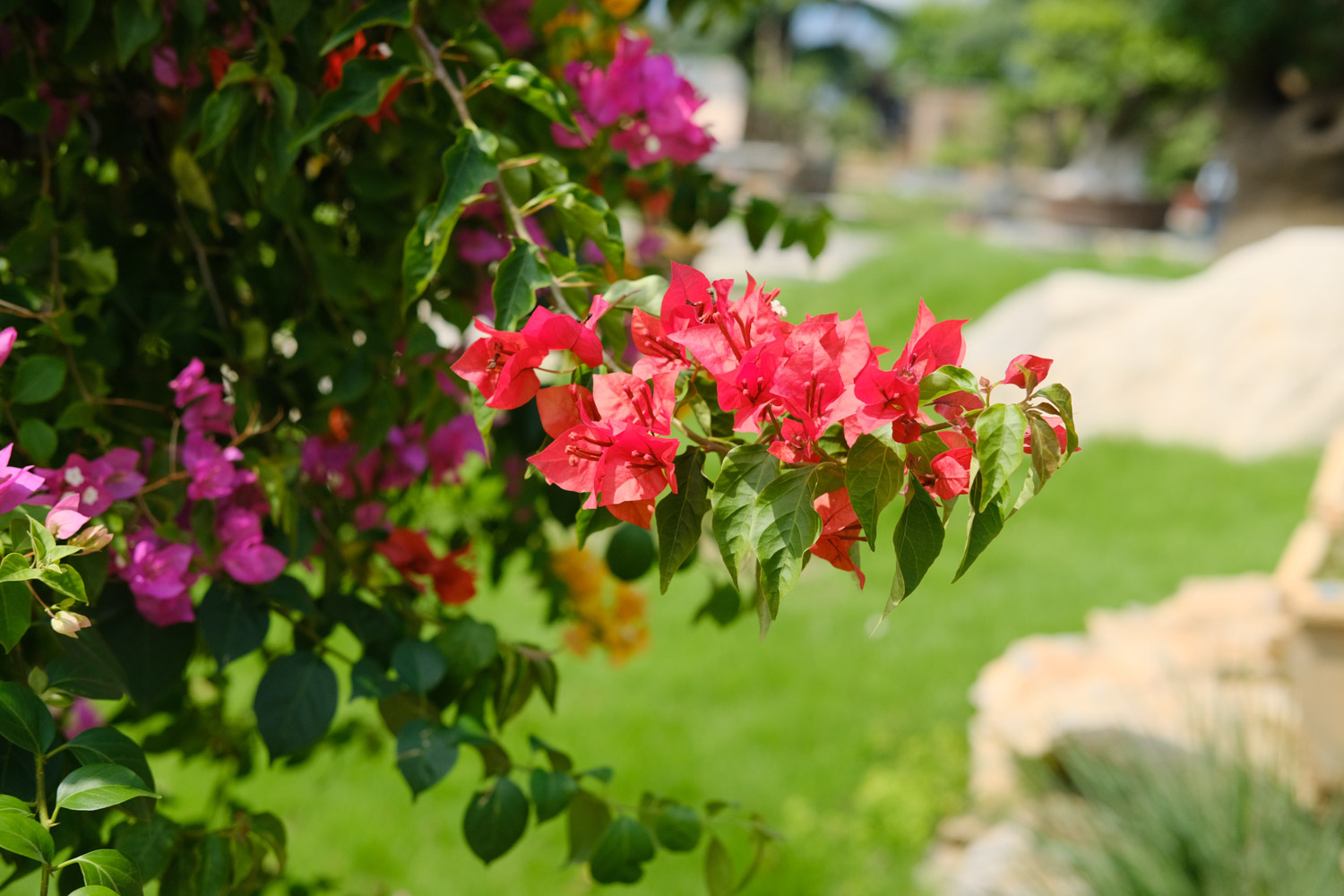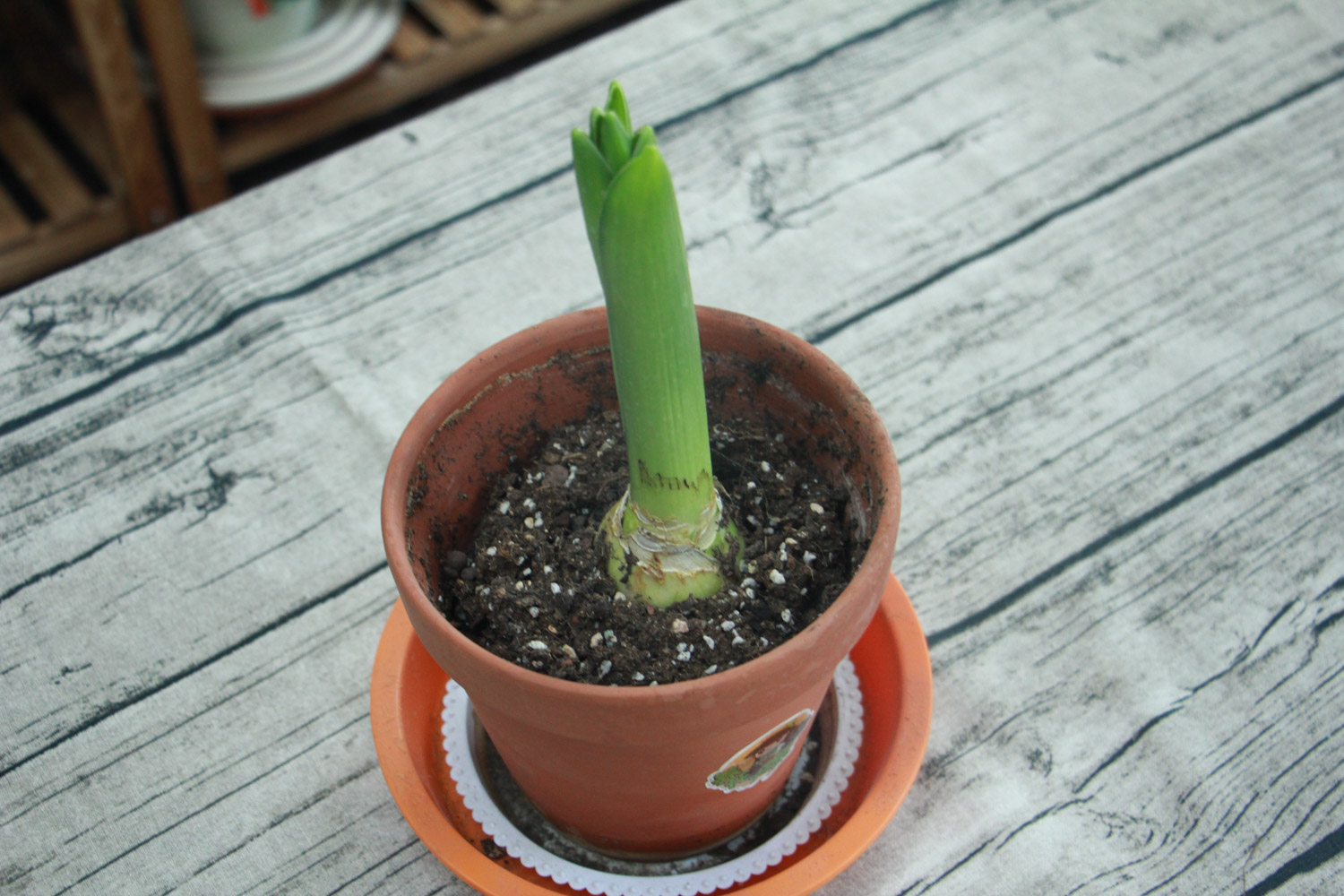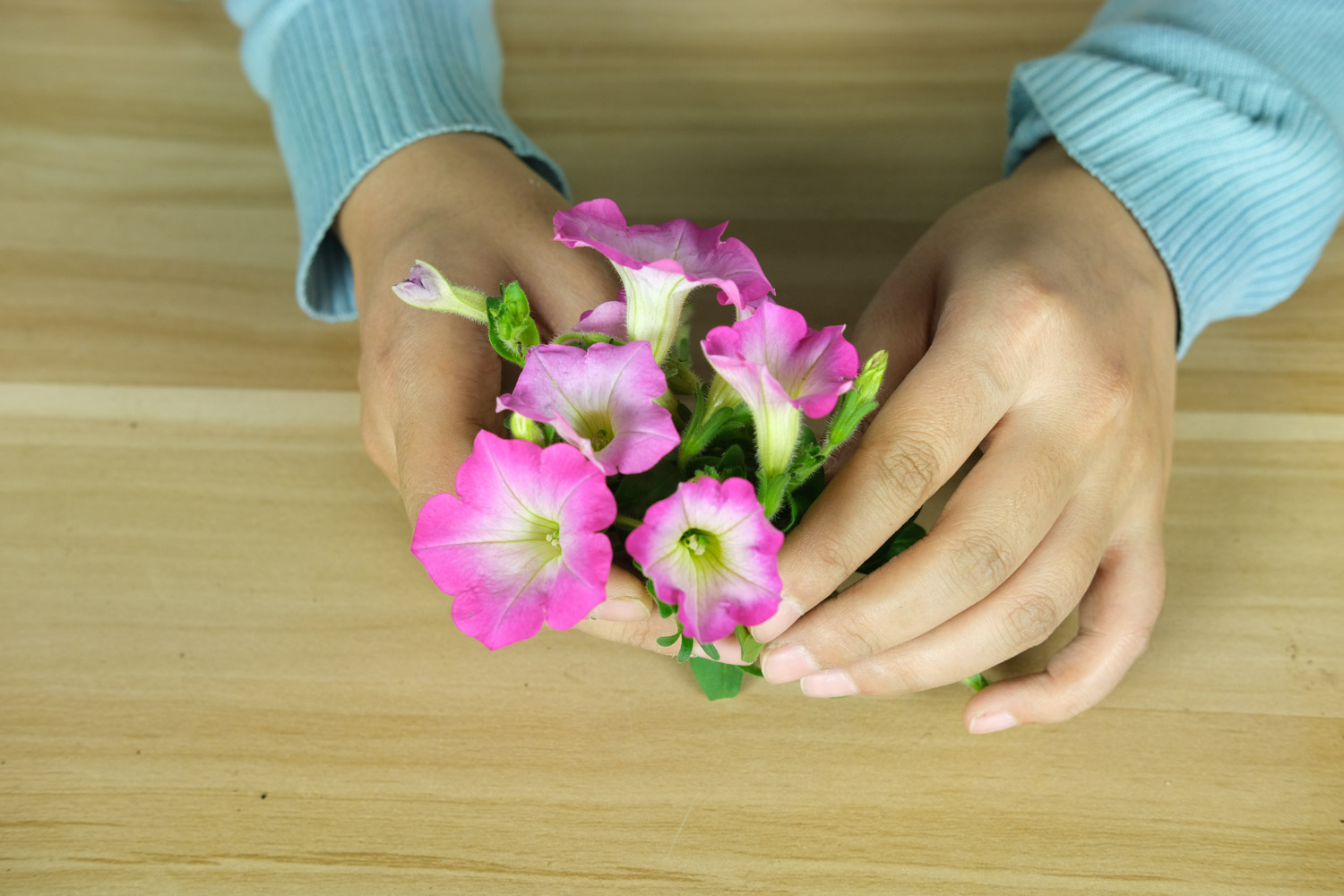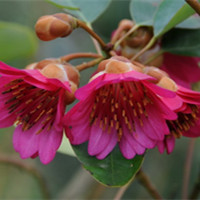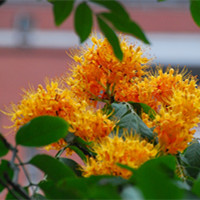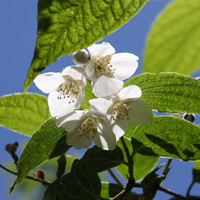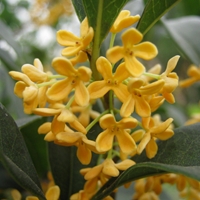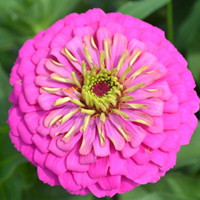Another name for Zinnia
Hundred day chrysanthemum, step-by-step high, fireball flower, pair leaf chrysanthemum, qiuluo, step-by-step high
Morphological characteristics of Zinnia
Zinnia is an annual herb. Stem erect, 30-100 cm tall, strigose or hirsute. The leaves are wide oval or oblong elliptic, 5-10 cm long and 2.5-5 cm wide. The base is slightly heart-shaped and holds the stem. Both sides are rough, covered with dense short rough hairs below, and the base has three veins
Head like inflorescence, single branch end, without hollow hypertrophic peduncle. There are single petals, double petals, rolled leaves, wrinkled leaves and horticultural varieties of different colors. The flowering period is from June to September and the fruiting period is from July to October
Growth habit of Zinnia
Zinnia likes warmth, is not resistant to cold, likes sunshine, is afraid of hot summer, has strong sex, is resistant to drought, is resistant to barren, and avoids continuous cropping. The root is deep and the stem is hard, so it is not easy to fall down. It should grow in fertile deep soil. The suitable temperature during the growth period is 15-30 ° C
Main value of Zinnia
Viewing: Bairi grass has large and colorful flowers, dry flowering, long flowering period and beautiful plant type. It can be used in flower beds, flower borders and flower belts according to height. Also commonly used in potted plants
Medicinal use: the whole herb can be used as medicine to treat stomatitis, dysentery, etc. It is recorded in the annals of Yunnan Province that the Yi people love to treat toothache caused by wind and fire
Zinnia flower language
Rise step by step


